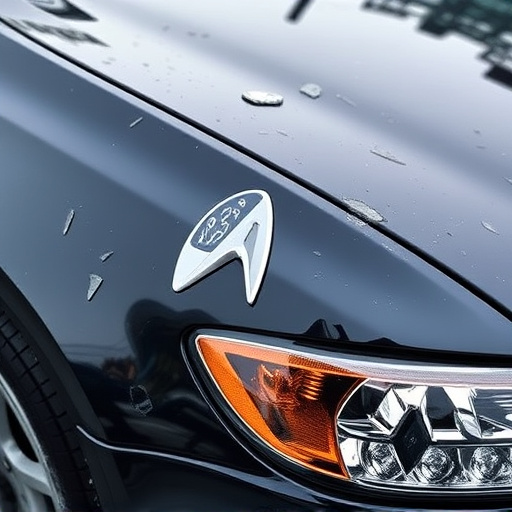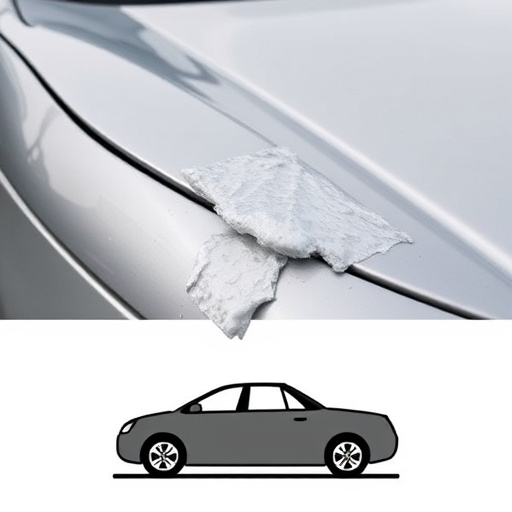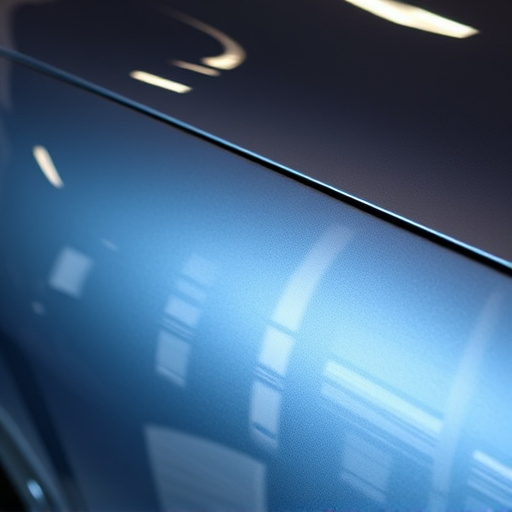Before considering repair financing options, assess your vehicle's damage and associated costs, from routine to extensive repairs. Create a realistic monthly budget by evaluating fixed and variable expenses, plus an emergency fund. This informed approach helps select suitable financing tailored to your needs without excessive spending.
Planning for unexpected repair costs can be daunting, but managing them with a structured budget is key. This guide will walk you through the process of budgeting for monthly repair payments, offering a practical approach to navigating repair financing options. From understanding your repair needs and exploring available financing avenues to creating a realistic budget plan, these steps empower you to take control of your financial repairs efficiently. Discover how to make informed decisions regarding repair financing options tailored to your specific needs.
- Understand Your Repair Needs and Costs
- Explore Financing Options Available
- Create a Realistic Monthly Budget Plan
Understand Your Repair Needs and Costs

Before diving into repair financing options, it’s crucial to understand your repair needs and associated costs. Start by evaluating the extent of the damage or required maintenance on your vehicle—is it a simple oil change or an extensive car restoration? Different repairs have varying price tags, so knowing exactly what needs fixing gives you a clear baseline for budgeting.
Consider both immediate and long-term expenses. For instance, automotive repair might include parts replacement, labor fees, and diagnostic tests. Vehicle body repair, on the other hand, could span from minor dent removal to extensive bodywork. Understanding these nuances allows for realistic budgeting and helps you choose suitable repair financing options tailored to your specific needs without overspending.
Explore Financing Options Available

When considering how to budget for monthly payments on repair financing, it’s essential to explore the various repair financing options available in today’s market. These range from traditional loan options through banks or credit unions to specialized programs offered by auto manufacturers like Mercedes Benz collision repair facilities. Each has its own set of terms, interest rates, and benefits tailored to different needs, whether you’re facing unexpected repairs on your luxury vehicle or a more modest automotive collision repair.
Understanding these repair financing options is crucial for making an informed decision. For instance, auto manufacturers often offer deferred interest or 0% financing on certain repairs to encourage customers to maintain their vehicles. Conversely, credit union loans might have lower interest rates than traditional banks. Comparing these financing options allows you to find the best fit, ensuring you can afford the necessary repairs without causing a financial strain.
Create a Realistic Monthly Budget Plan

Before considering any repair financing options, it’s crucial to create a realistic monthly budget plan. Start by evaluating your current financial situation. List all your fixed expenses like rent or mortgage, utilities, insurance, and minimum debt payments. These are essential costs that must be covered first. Then, allocate funds for variable expenses such as groceries, entertainment, and dining out based on your average spending over the past few months. This will give you a clear picture of where your money is currently going.
Once you have a handle on your fixed and variable expenses, set aside an emergency fund to cover unexpected costs like automotive collision repair or vehicle paint repair. Ideally, this fund should cover at least three to six months’ worth of living expenses. With these considerations in mind, you can then determine how much you realistically have available for optional repairs or upgrades. This disciplined approach will help you make informed decisions about repair financing options while ensuring your overall financial health.
When considering repair financing options, creating a structured monthly budget is key. By understanding your repair needs, exploring available financing methods, and then crafting a realistic budget plan, you can gain control over managing your home repairs without unnecessary stress. This allows you to access the necessary funds when needed while ensuring your financial stability.














